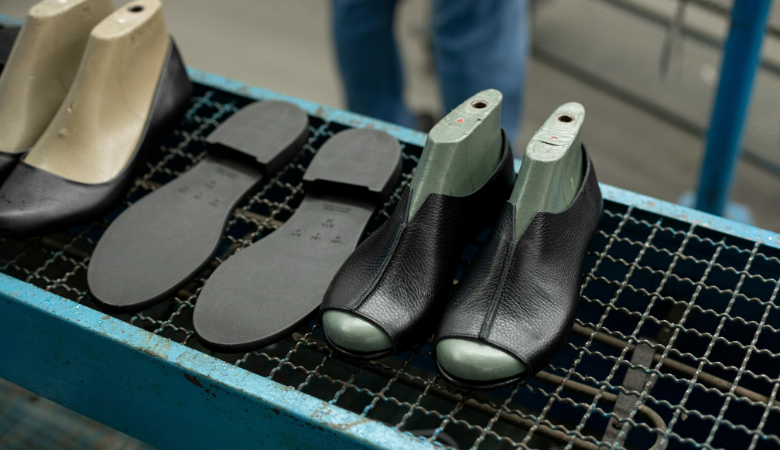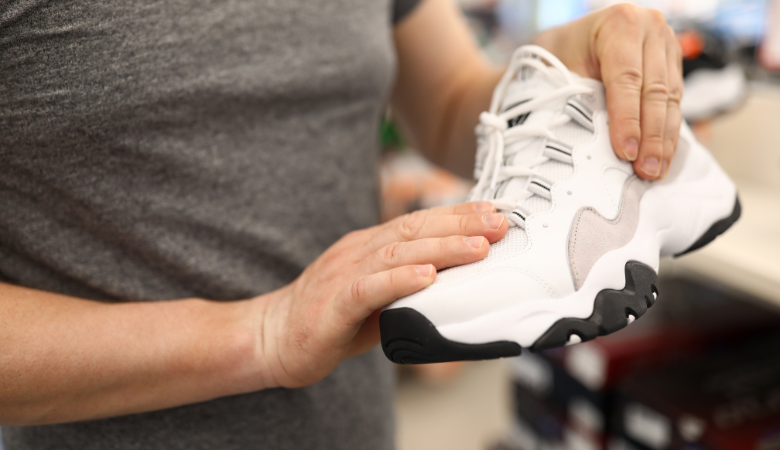
With the rapid development of the times, consumers are paying more and more attention to the quality and safety of clothing. The demands on it are also increasing. And garments inspection is not only an indispensable pass in the process of clothing circulation, but also an important basis for many consumers to measure the quality of clothing products. This is not redundant. Clothing, as a cover for our body, directly touches our skin. If there is a tear, or a problem that affects the user's health, it will not be worth the loss.
1. The content of apparel inspection
The basic information in a complete report of in line inspection in garment industry should include the sample name, brand name, specification and model, production batch number, quality grade, and the name and address of the production unit and the entrusting unit, inspection date, sample quantity and inspection category and other related information. If it is a complete and qualified inspection report, it must include the above basic information, because the apparel inspection report is the identity characteristic of the sample, and the lack of any of the above items will cause disputes in the identification of the sample, which will inevitably lead to the legal effect of the sample report. influences.
However, from a practical point of view, various phenomena such as filling in errors and omissions often occur when compiling reports. For example, according to the specified sample name, the specific physical name must be specified. However, many inspection reports often see some confusion such as a piece of textiles. The description is not clear; some products require quality inspection services, but they are not fully reflected in many apparel inspection reports, and some have omissions and typos in the production unit. On the surface, it seems that some words are missing, but Reflecting the lack of rigor, these problems seem to be relatively small, but they will cause some loopholes in the integrity, scientificity, accuracy and validity of the apparel inspection report.
2. The basis of apparel inspection
Apparel inspection services are mainly based on product standards and national safety technical standards for textile products, as well as normative documents. From the perspective of China's standards, it is mainly divided into national standards, industry standards, local standards and enterprise standards. National standards and industry standards are also divided into recommended standards and mandatory standards. Because there are many types of textiles, the number of labels on various products will inevitably reach tens of millions. Therefore, it is not only necessary to have a comprehensive understanding of the basic situation of the products, but also to be familiar with the scope of application of various standards, applicable technical requirements and tests. method. From the perspective of implementation, the problems with the inspection basis in the clothing inspection report account for a large proportion.



